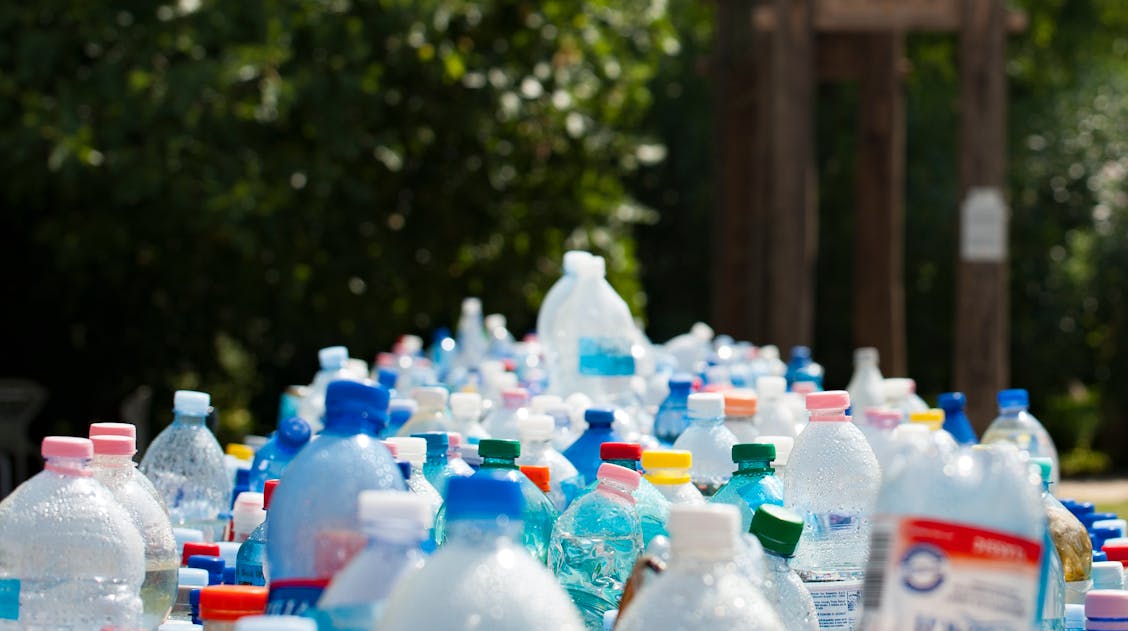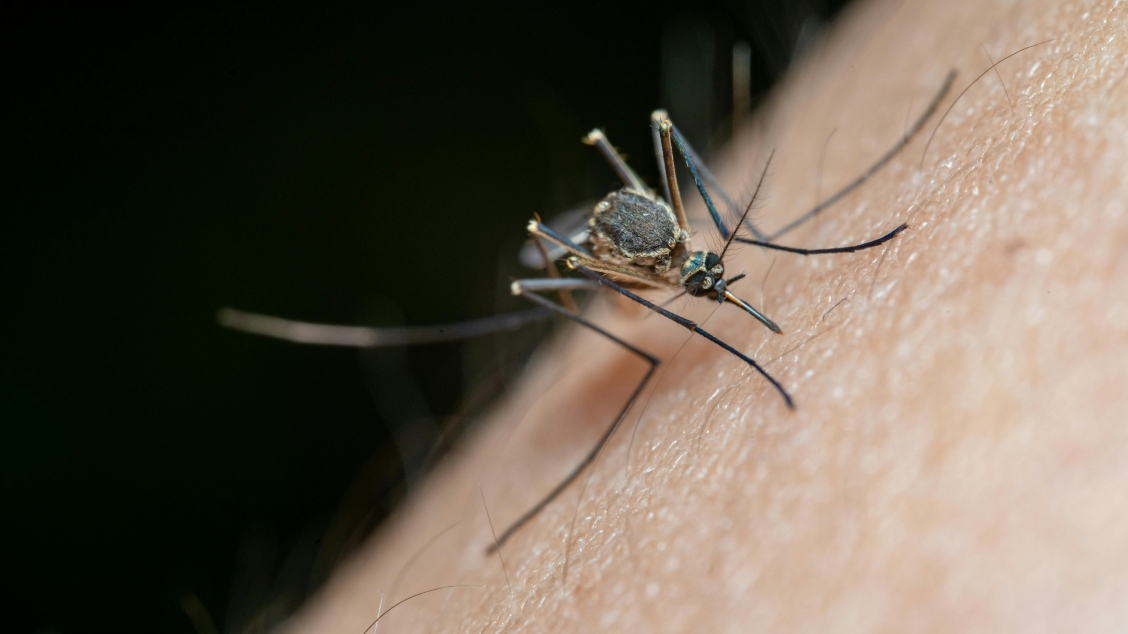
Polymers for a Safe and Sustainable Future
Synthetic plastics have revolutionised the way that we live our lives. They have infiltrated every aspect of human society, playing a range of roles in various industries. This includes fashion, construction, transport, communication, technology, entertainment, and healthcare, to name a few. However, plastics also pose a huge risk to the environment and human health. This article explores how MDPI research is helping to discover new polymer materials that can replace synthetic plastics.
Plastic toxicity
Plastics are difficult to destroy, and because of this, they can accumulate in the environment. Since manufacturers first produced plastics in the 1950s, they have produced an estimated 8.3 billion metric tonnes globally. However, it’s been estimated that only 9% of this has been recycled and 12% incinerated, leaving 79% of plastics polluting various environments.
Because they are so difficult to destroy and are so widely used, they have quickly begun to bioaccumulate in the environment. Plastics have been identified all over the planet, including in the most remote regions such as Mount Everest. This is due to the easy dispersal of microplastics.
Microplastics
Microplastics are small particles of plastic, defined as less than five millimetres in diameter. Because of their size, they can be easily dispersed and spread across various environments via oceans, animals, and even through the air.
They can be categorised into primary and secondary based on how they were derived. For example, primary microplastics are designed to be small; they are commonly used in clothing and other textiles. Secondary microplastics are formed as the result of the breakdown of larger plastic items, such as plastic bottles.
Although plastic is difficult to break down, it’s not impossible to do so. Plastic can be broken down into smaller particles by forces like sun radiation and pressure from ocean waves.
Dangers of microplastics
Microplastics have heavily polluted oceans and seas across the globe. Because they’re so small, they are regularly consumed by a range of marine animals, from plankton to bigger animals such as sharks and whales.
Furthermore, they have also been identified in humans in various tissues and organs, including the blood, lungs, placenta, and breast milk. They can be unknowingly consumed or inhaled. This is a common occurrence, as microplastics can leach from plastic containers used to store food and drink items.
Toxicity of microplastics
Microplastics pose more of a threat than just being a foreign body in human and animal systems. Plastic products contain a variety of toxic additives. This includes bisphenol A (BPA), which is added to reinforce plastic. There is a lot of evidence that suggests that BPA can disrupt endocrine hormones. The endocrine system is a system of organs and glands controlled and regulated by hormones. These organs include the hypothalamus, pituitary gland, pineal gland, thyroid gland, parathyroid glands, thymus, adrenal glands, and pancreas, as well as the testes, ovaries, and placenta. They are involved in controlling various bodily functions, including metabolism, growth and development, sexual function and reproduction, heart rate, blood pressure, appetite, sleep and wake cycles, and body temperature.
Because BPA is an endocrine disruptor, it can disrupt or interfere with these processes. This can result in a variety of toxic effects on the body, such as neurodevelopmental effects, immunotoxic effects, cardiovascular diseases, low birth weight in infants, obesity and metabolic diseases, and infertility. As well as these negative effects, BPA has also been reported to increase the risk of hormone-related cancers such as breast and prostate.
Plastics also contain other toxic additives, such as phthalates, which are used to improve the flexibility of plastics. They are also endocrine disrupters, which are reported to cause reproductive toxicity.
Flame retardants are also added to plastic, as plastic is made from petroleum and is extremely flammable. There are many classes of flame retardants; many of these are toxic and do not break down in nature easily. This includes brominated fire retardants, which have also been reported to be endocrine disruptors.
Polymers 2024: Polymers for a Safe and Sustainable Future Conference
Plastic has drastically changed the way we live our lives. However, the bad qualities of plastic are becoming unmanageable. The recent Polymers 2024: Polymers for a Safe and Sustainable Future conference held in Athens, Greece, discussed these issues and the potential for polymer replacements.
The chairs of the conference welcomed polymer scientists and experts in the field to discuss the future of polymer science. This year, the conference included three chairs, all leaders in the field of polymer science and chemical engineering, including Professor. Dr. Dimitrios Bikiaris and Professor. Dr. Konstantinos Triantafyllidis from Aristotle University of Thessaloniki, Greece, as well as Dr. Ioanna Deligkiozi, business consultant and CEO at AXIA Innovation.
The chairs of the conference have all contributed to research that supports sustainability in the fields of materials and polymer science. Here, we explore their recent research published with MDPI and how it’s supporting sustainability in this field.
Promoting sustainability using polymers
Professor Dr. Dimitrios Bikiaris has published volumes of research in the field of polymer science. His research has had a lot of influence; he is in the top 2% of cited scientists worldwide. As well as this, he is also a leader in the material sciences, ranking number 1 in Greece on Research.com. His research interests are vast; they include the synthesis and characterisation of polyesters, as well as the development of polymers using biobased monomers and the synthesis and characterisation of copolymers, composites, and nanocomposites.
Furthermore, his research has supported sustainability by using polymer recycling via various processes. This includes the modification of natural polymers as well as the use of polymers to remove contaminants (heavy metals, drugs, pigments, etc.) from urban and industrial sites. Furthermore, his research also promotes the determination of microplastics in the environment and explores their effect on living microorganisms.
Additionally, his research also delves into the investigation and application of new biocompatible polymers in tissue engineering and pharmaceutical technology.
Sustainability in furniture
Recently, Professor Dr. Dimitrios Bikiaris collaborated with other researchers to investigate hemp as a replacement for wood chips in the construction and furniture industries. This research was published in the journal Materials, a partner of the Polymers 2024 Conference. Hemp is a robust building material that has been used to produce a variety of products, including rope, composites, bioplastics, and other industrial materials. In this study, it was used to replace wood chips in the production of particle boards.
The researchers explain that reducing the need for wood promotes sustainability by decreasing the felling of trees. The escalation of tree felling increases the amount of carbon dioxide in the atmosphere. This results in increased global temperatures as well as increasingly acidic oceans. The study concludes that using hemp to produce lightweight particle boards is possible and a suitable, sustainable alternative to using wood chips.
Algae biomass for sustainable polymers
Professor. Dr. Konstantinos Triantafyllidis specialises in biomass and organic waste valorisation as well as biorefinery and waste plastic chemical recycling. Furthermore, his research interests also include CO2 utilisation, heterogeneous catalysis, green chemistry, and chemical technology. Additionally, his research focuses on adsorption and catalysis for environmental remediation, polymer nanocomposites, and nanomaterials.
Recently, a large volume of his research has focused on microalgal biomass used for the production of biofuels as well as other chemicals. Biofuels are renewable, sustainable, biodegradable fuels manufactured from natural resources. This includes lignocellulosic and microalgae biomasses, which are recognised as the most promising resources for the production of biofuels and a wide variety of platform chemicals. Microalgae are rich in lipids, proteins, carbohydrates, and pigments, providing the potential for the valorisation of many chemicals.
Professor. Dr. Konstantinos Triantafyllidis collaborated with other scientists on an article published in Catalysts, which investigates how residual biomass from biofuel production can be used as platform chemicals, as well as precursors for the production of solvents, polymers, fuels, food ingredients, pharmaceuticals, and others.
The researchers explain that a very novel area of research is the production of bioplastics from microalgae. They can be produced by extracting the lipids and carbohydrates and converting them to polymers. Bioplastics have the potential to reduce carbon emissions as they don’t require the burning of fossil fuels to be produced like other plastics. The researchers identified multiple catalytic pathways to produce chemicals that can be used in polymer synthesis as well as food ingredients and pharmaceuticals.
Bioplastics
Dr. Ioanna Deligkiozi is a chemical engineer. She has many achievements and accolades, including being involved in more than 50 European research projects as a senior researcher and technical, dissemination, and exploitation manager. Furthermore, she has been an expert evaluator and monitor of proposals and projects of the European Commission since 2015. Dr. Ioanna Deligkiozi’s research interests include nanomaterials, nanoscience, and nanotechnology, with a focus on their exploitation and commercialisation.
Recently, Dr. Ioanna Deligkiozi’s research has focused on bioplastics and the formulation of poly(lactic acid) (PLA). PLA is derived from renewable and sustainable resources such as starch, sugar cane, and potato starch. It is suggested that it could be one of the most promising biobased polymers to replace oil-based plastics.
However, it has some disadvantages, as it suffers from limited mechanical properties, moisture sensitivity, poor antioxidant activity, and low thermal resistance. Recent studies have focused on producing a PLA hybrid by integrating it with lignin. Lignin is a biopolymer isolated from lignocellulosic biomass. It’s been reported that when it is added to other polymers, it gives them antioxidant and antibacterial properties.
In a recent study published by Polymers, Dr. Ioanna Deligkiozi collaborated with other researchers to investigate the best approach to formulating PLA‒lignin. The researchers explain that lignin has a very complex structure, which can be affected by the formation of PLA‒lignin composites. This can affect the attractive properties of the lignin. In this study, the researchers investigated two different approaches to identify how to enhance the qualities of the PLA‒lignin composite.
Summary
Polymers 2024 covered a wide variety of topics in the area of polymer sustainability. It’s important to continue to support research in this area to reduce the use of synthetic plastics. Furthermore, it is important to understand the impact that they have on the environment and health. We aim to inspire the next generation of scientists and engineers to help us build a more sustainable planet.
If you missed Polymers 2024 but are interested in attending other conferences, Polymers has a wide range of conferences throughout the year. If you’re interested in attending, see their page for more information.
Or, if you’re interested in reading more about the impact of microplastics, please see our recent article on microplastics in food.










